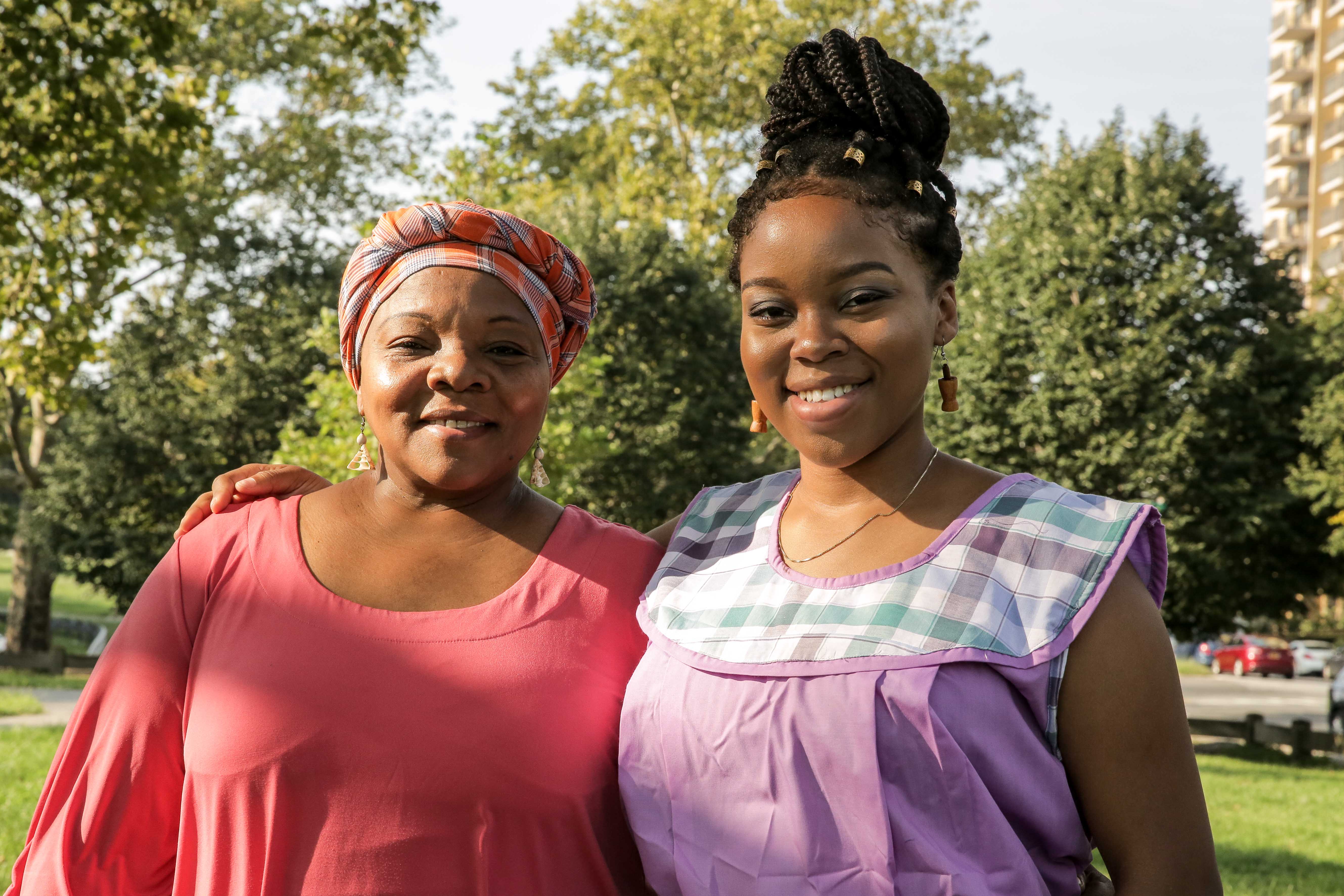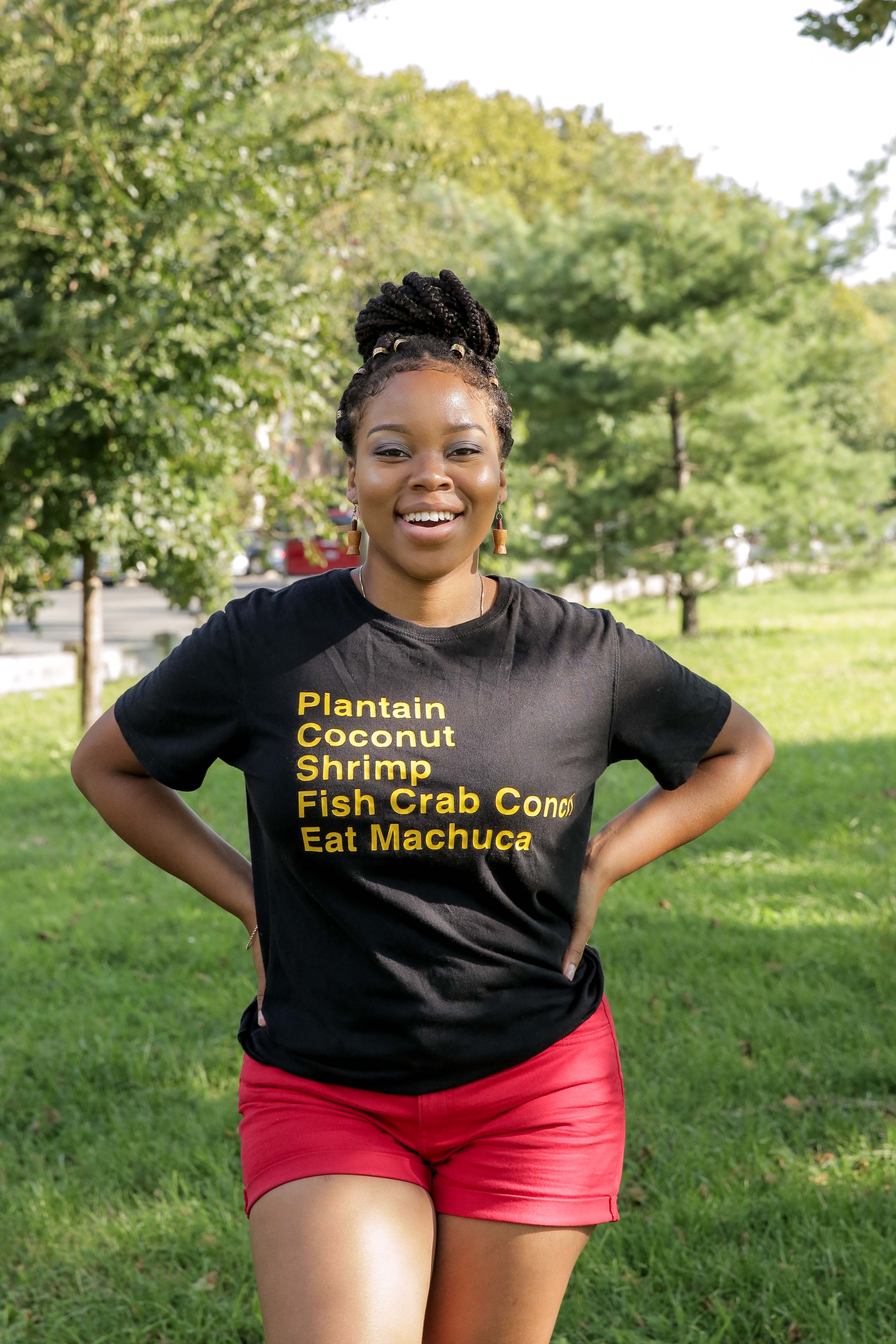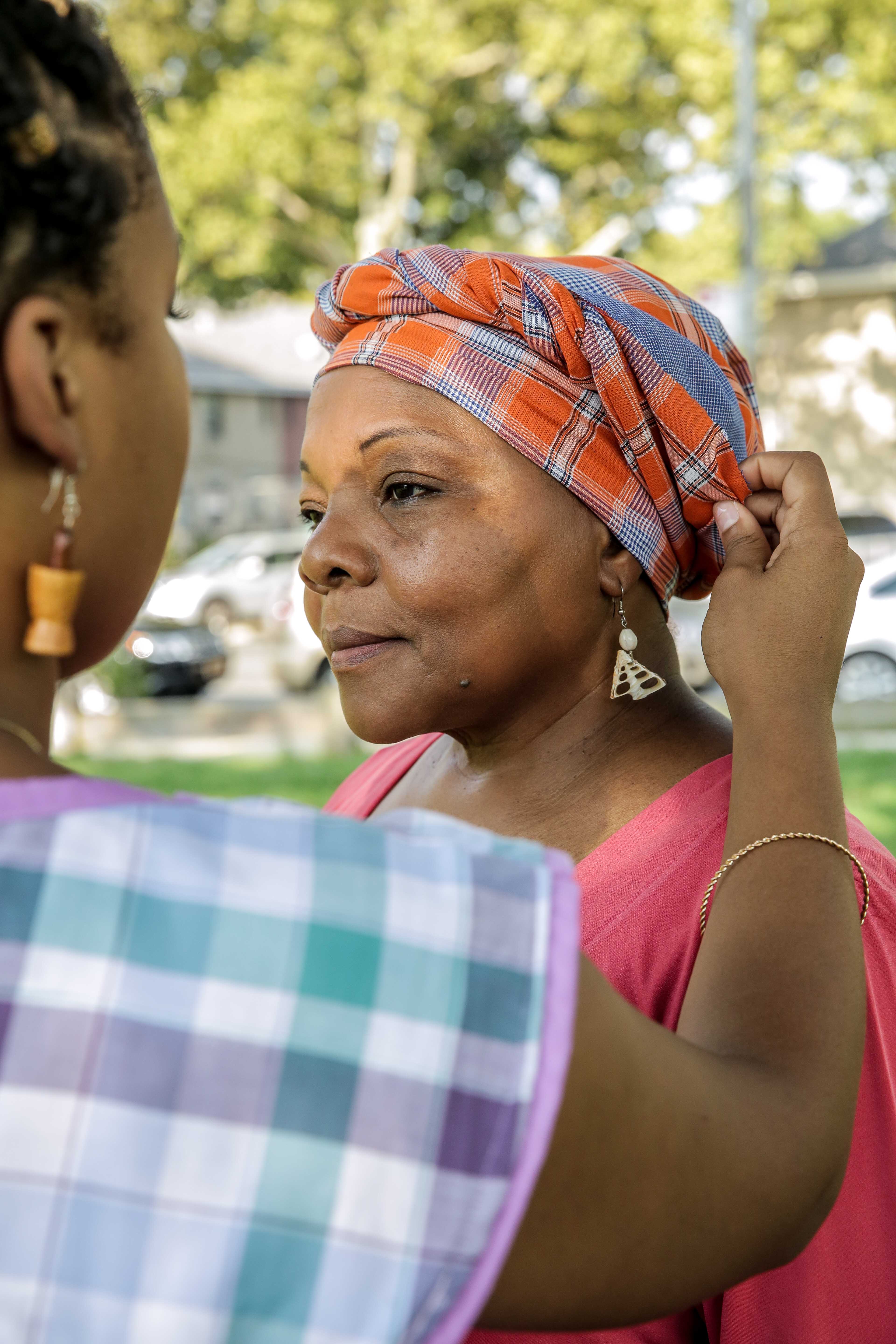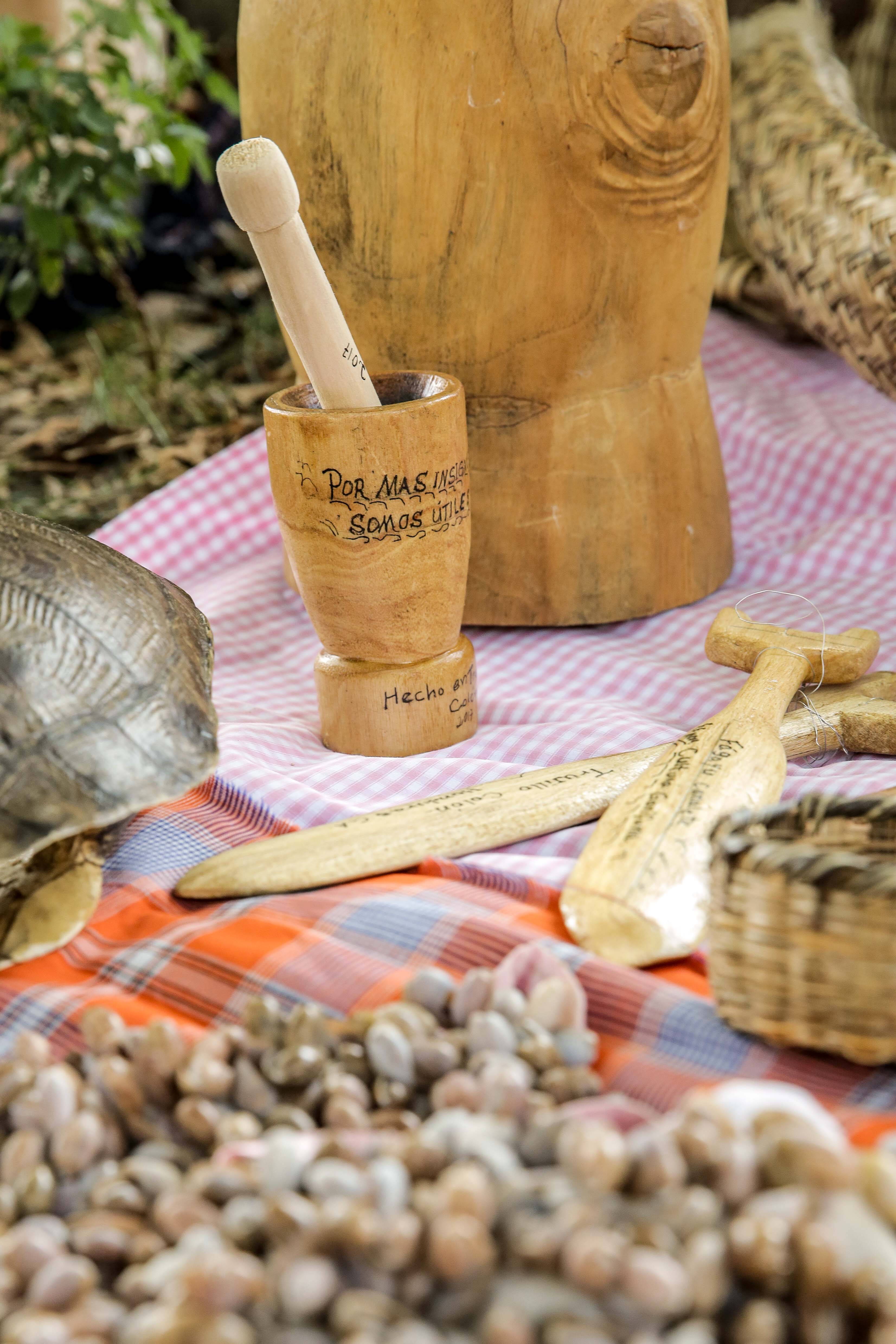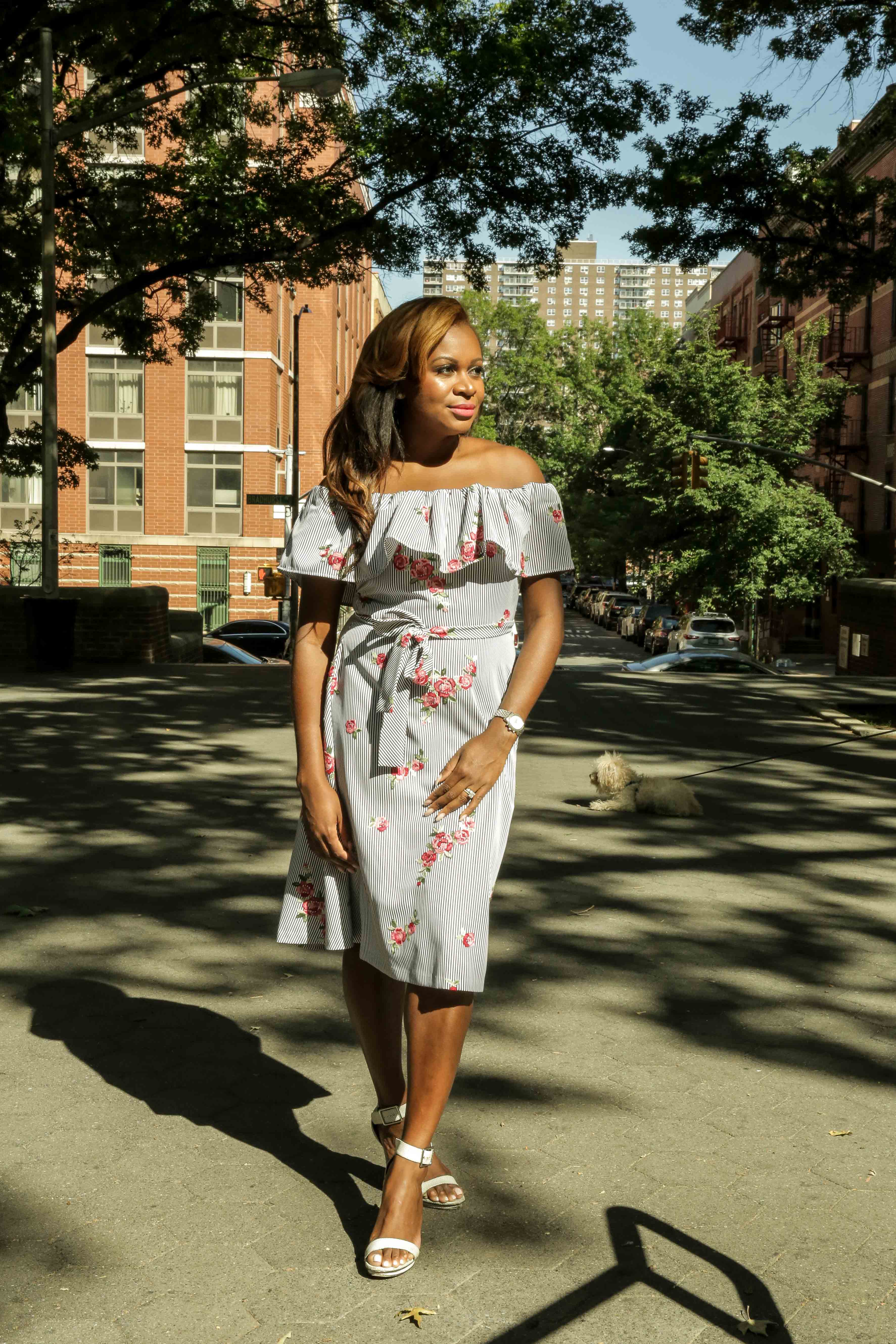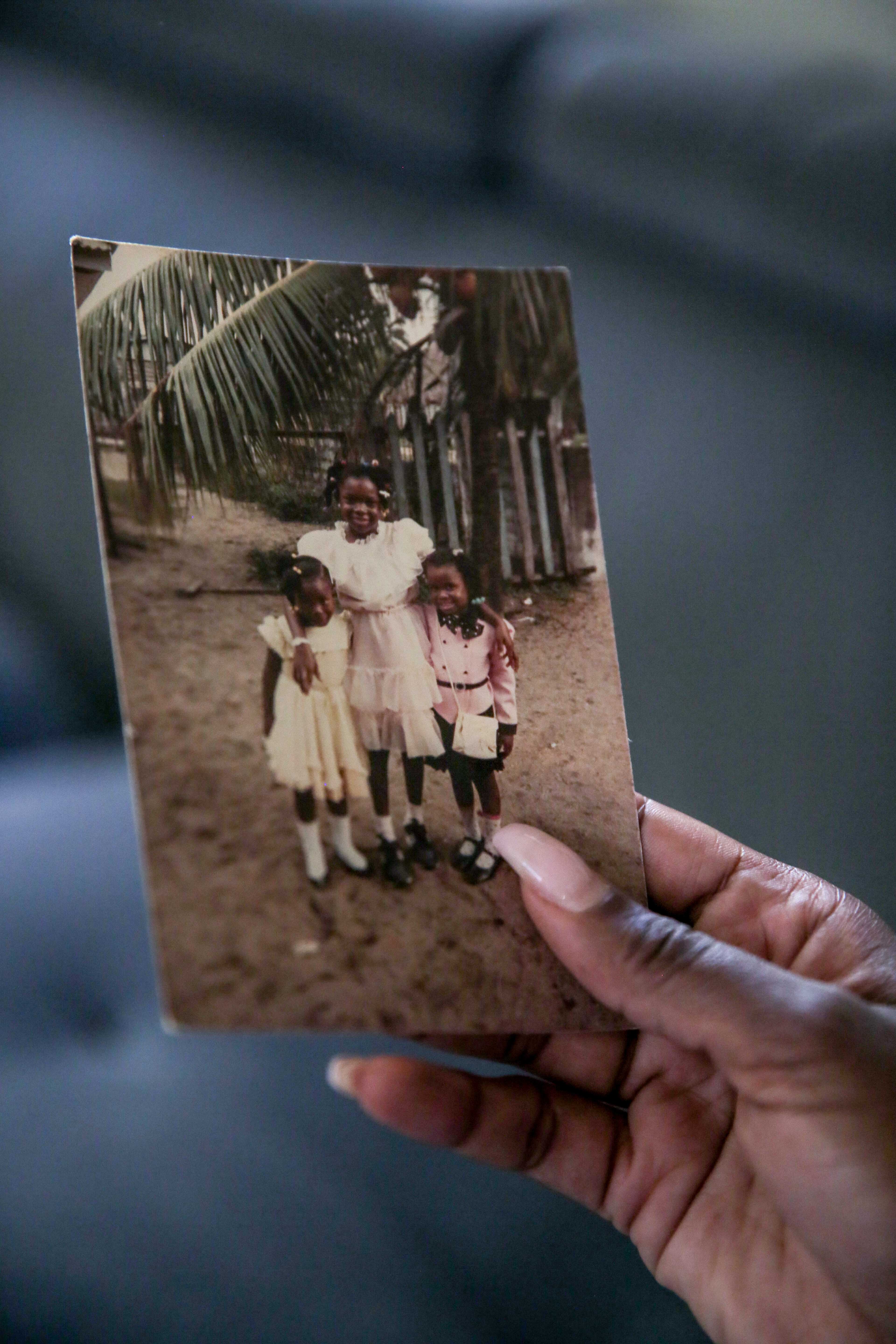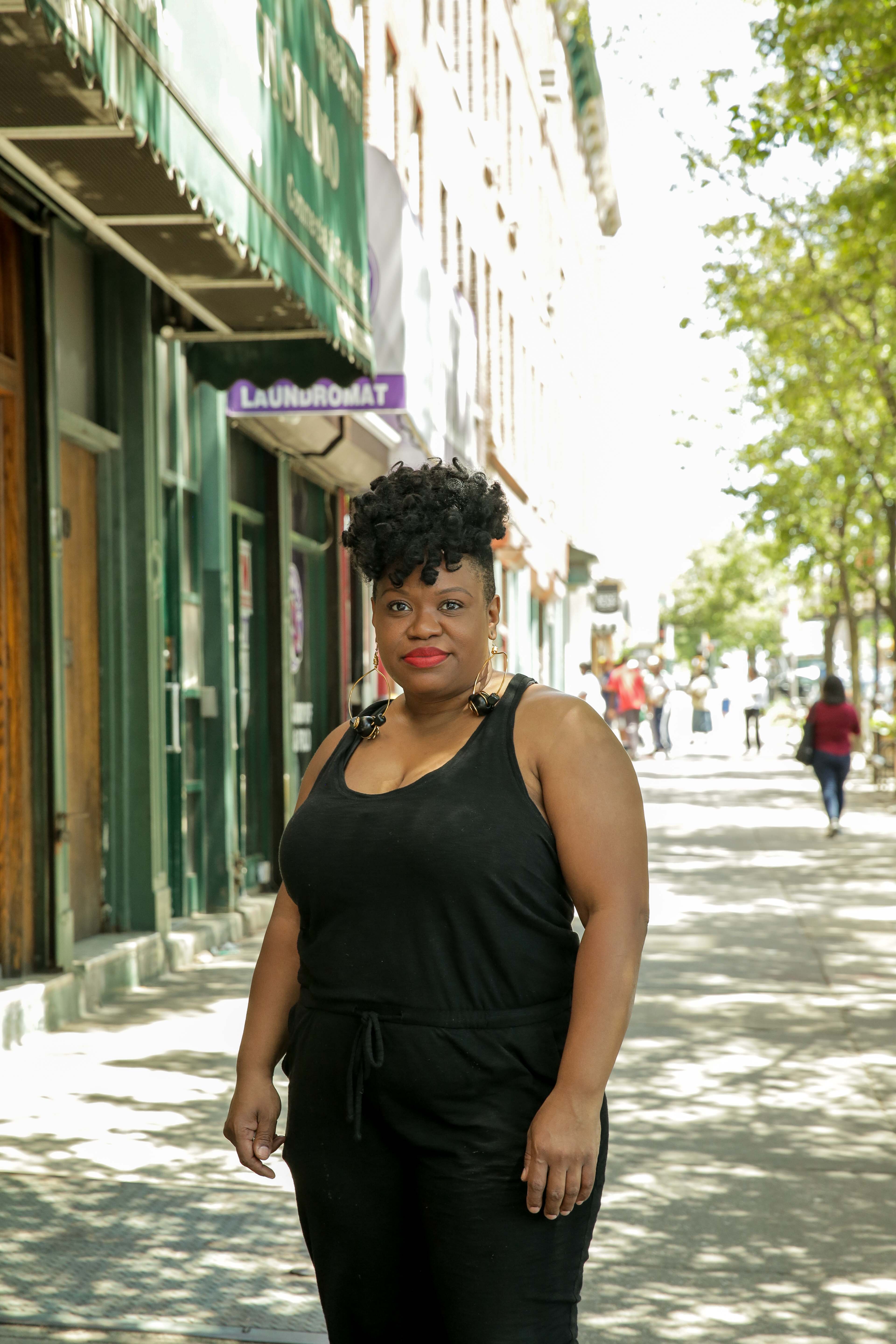Maroon women go to the Constituent National Assembly to claim their right to be included in the Constitution
By: Prensa Cumbe Marrón | Wednesday, 09/05/2018 | 01:08 AM
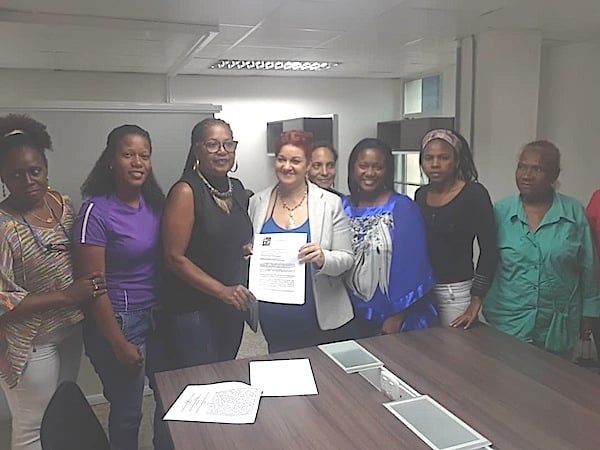
A group of Afro-descendant Maroon women from the Juan Ramón Lugo Afro-descendant Revolutionary Movement and the Association of Parranderos of San Juan attended the Constituent National Assembly in the morning hours on Tuesday, specifically the Human Rights Commission, presided over by Dr. Maria Alejandra Diaz, to demand the inclusion of Afro-descendant men and women into the Constitution.
Hailing from the states of Miranda, Aragua, Vargas and Caracas, they left home in the early hours of the morning, in spite of transportation problems, to establish a dialogue about the right to be included in the Constitution. The leaders included Teresa Rodríguez, former deputy from Vargas, Margarita, Ingrid Quiroz, Belkis Calzadilla, among others. Dr. Carmen Sanz, member of this group of Afro-descendant women explained in great detail the urgent need to advance the Magna Carta regarding our recognition as founders of this country. If Brazil under President Lula, Ecuador under President Correa and Bolivia under President Evo Morales have done it, why has this right been denied in the Venezuelan Magna Carta? We know progress has been made by almost ninety percent as far as the constitutional reform is concerned. We are here to make sure our constituents do not make the mistakes of the past by leaving us out of it.
The President of the Human Rights Commission recognizes that the Juan Ramón Lugo Movement and now the Afro-descendant Maroon women are the only organizations that have had a high value conscience to approach and expose this issue which we have addressed with enthusiasm and we can inform in advance that a constitutional article has been prepared. For the Maroons, it is not just an article, which they appreciate; it is about fighting, placing ourselves at the forefront and creating a chapter to settle the historical debt.
Enrique Arrieta, who accompanied the Maroons, said that while it is true that the Bolivarian process has achieved some recognition in the legal field, we need our fair recognition in the Constitution, for which we ask for a right of speech to expose our constitutional petition.
Among them was the leader of PPT, Rafael Uzcátegui, whose demands included not only the field of constitutional recognition, but also the field of social, cultural and economic reparations for people of African descent for having lived through more than three centuries of slavery. Below is the document presented by the Afro-descendant Maroon women:
The majority of Afro-descendant households in Venezuela are under the responsibility of women. Afro-descendant women demographically are the majority among our towns as well as the majority of household leaders.
But beyond that, we have been protagonists from slavery to the construction of Participatory Democracy. We have been protagonists of history as evident in the struggles against slavery through Maroonage, as well as our participation as soldiers and nurses in the War of Independence, in the guerrilla struggles of the 1960's, using as an example Maria Leon and Argelia Laya who also contributed to the construction of Participatory Democracy.
Our country is a signatory of the Convention on the Elimination of All Forms of Discrimination Against Women, as well as the Convention of Belém do Pará on the Prevention, Punishment and Eradication of Violence against Women.
This international legal framework is connected with the Constitution and therefore it must be recognized in the new constitutional reform.
Article 3 of the Convention on All Forms of Discrimination Against Women states that:
"States Parties shall take in all fields, particularly political, social, economic and cultural fields, all the appropriate measures, including legislative measures, to ensure full development and advancement of women, in order to guarantee the exercise and enjoyment of human rights and fundamental freedoms under equal conditions..."
Unfortunately, due to the prolonged crisis we are living in clinging to the hopes of the Bolivarian process, as Afro-Venezuelan women we are condemned to oblivion, we lack the support of institutions such as the Ministry of Women, the Ministry of Communes, the Ministry of Culture and our respective State governments. Some of our leaders have been murdered, especially in the Barlovento region, and for them, neither their children nor their relatives received any kind of government attention and this attitude on the part of the corresponding government bodies is not just a violation of the Convention Against Racism, but also a violation of the Inter-American Convention on the Prevention, Punishment and Eradication of Violence Against Women.
We, members of the Juan Ramón Lugo Afro-Revolutionary Movement and the Parranderas of San Juan, as part of the Afro-Venezuelan women collective, urge the Constituent National Assembly to include Afro-descendant men and women in the Preamble to the Constitution and the preparation of a specific chapter in said constitution that endorses Afro-descendant men and women.
Considering that the last Afro-descendant women murdered in Aragua and Miranda states, in the Las Delicias and Cumbo parishes (Girardot and Andrés Bello municipalities) constituted a benchmark of love for work and the Bolivarian process, we regret that there has not been any pronouncements or actions on the part of the Ministry of Women, the Public Ministry or the Ombudsman to help mitigate their families against these reprehensible events and to enforce the provisions of the Inter-American Convention on Violence Against Women, which states "Every woman has the right to the recognition, enjoyment, exercise and protection of all human rights and freedoms embodied in regional and international human rights instruments. These rights include, among others:
Maroon women go to the Constituent National Assembly to claim their right to be included in the Constitution
By: Prensa Cumbe Marrón | Wednesday, 09/05/2018 | 01:08 AM

A group of Afro-descendant Maroon women from the Juan Ramón Lugo Afro-descendant Revolutionary Movement and the Association of Parranderos of San Juan attended the Constituent National Assembly in the morning hours on Tuesday, specifically the Human Rights Commission, presided over by Dr. Maria Alejandra Diaz, to demand the inclusion of Afro-descendant men and women into the Constitution.
Hailing from the states of Miranda, Aragua, Vargas and Caracas, they left home in the early hours of the morning, in spite of transportation problems, to establish a dialogue about the right to be included in the Constitution. The leaders included Teresa Rodríguez, former deputy from Vargas, Margarita, Ingrid Quiroz, Belkis Calzadilla, among others. Dr. Carmen Sanz, member of this group of Afro-descendant women explained in great detail the urgent need to advance the Magna Carta regarding our recognition as founders of this country. If Brazil under President Lula, Ecuador under President Correa and Bolivia under President Evo Morales have done it, why has this right been denied in the Venezuelan Magna Carta? We know progress has been made by almost ninety percent as far as the constitutional reform is concerned. We are here to make sure our constituents do not make the mistakes of the past by leaving us out of it.
The President of the Human Rights Commission recognizes that the Juan Ramón Lugo Movement and now the Afro-descendant Maroon women are the only organizations that have had a high value conscience to approach and expose this issue which we have addressed with enthusiasm and we can inform in advance that a constitutional article has been prepared. For the Maroons, it is not just an article, which they appreciate; it is about fighting, placing ourselves at the forefront and creating a chapter to settle the historical debt.
Enrique Arrieta, who accompanied the Maroons, said that while it is true that the Bolivarian process has achieved some recognition in the legal field, we need our fair recognition in the Constitution, for which we ask for a right of speech to expose our constitutional petition.
Among them was the leader of PPT, Rafael Uzcátegui, whose demands included not only the field of constitutional recognition, but also the field of social, cultural and economic reparations for people of African descent for having lived through more than three centuries of slavery. Below is the document presented by the Afro-descendant Maroon women:
The majority of Afro-descendant households in Venezuela are under the responsibility of women. Afro-descendant women demographically are the majority among our towns as well as the majority of household leaders.
But beyond that, we have been protagonists from slavery to the construction of Participatory Democracy. We have been protagonists of history as evident in the struggles against slavery through Maroonage, as well as our participation as soldiers and nurses in the War of Independence, in the guerrilla struggles of the 1960's, using as an example Maria Leon and Argelia Laya who also contributed to the construction of Participatory Democracy.
Our country is a signatory of the Convention on the Elimination of All Forms of Discrimination Against Women, as well as the Convention of Belém do Pará on the Prevention, Punishment and Eradication of Violence against Women.
This international legal framework is connected with the Constitution and therefore it must be recognized in the new constitutional reform.
Article 3 of the Convention on All Forms of Discrimination Against Women states that:
"States Parties shall take in all fields, particularly political, social, economic and cultural fields, all the appropriate measures, including legislative measures, to ensure full development and advancement of women, in order to guarantee the exercise and enjoyment of human rights and fundamental freedoms under equal conditions..."
Unfortunately, due to the prolonged crisis we are living in clinging to the hopes of the Bolivarian process, as Afro-Venezuelan women we are condemned to oblivion, we lack the support of institutions such as the Ministry of Women, the Ministry of Communes, the Ministry of Culture and our respective State governments. Some of our leaders have been murdered, especially in the Barlovento region, and for them, neither their children nor their relatives received any kind of government attention and this attitude on the part of the corresponding government bodies is not just a violation of the Convention Against Racism, but also a violation of the Inter-American Convention on the Prevention, Punishment and Eradication of Violence Against Women.
We, members of the Juan Ramón Lugo Afro-Revolutionary Movement and the Parranderas of San Juan, as part of the Afro-Venezuelan women collective, urge the Constituent National Assembly to include Afro-descendant men and women in the Preamble to the Constitution and the preparation of a specific chapter in said constitution that endorses Afro-descendant men and women.
Considering that the last Afro-descendant women murdered in Aragua and Miranda states, in the Las Delicias and Cumbo parishes (Girardot and Andrés Bello municipalities) constituted a benchmark of love for work and the Bolivarian process, we regret that there has not been any pronouncements or actions on the part of the Ministry of Women, the Public Ministry or the Ombudsman to help mitigate their families against these reprehensible events and to enforce the provisions of the Inter-American Convention on Violence Against Women, which states "Every woman has the right to the recognition, enjoyment, exercise and protection of all human rights and freedoms embodied in regional and international human rights instruments. These rights include, among others:
- The right to have her life respected;
- The right to have her physical, mental and moral integrity respected;
- The right to personal liberty and security;
- The right not to be subjected to torture;
- The rights to have the inherent dignity of her person respected and her family protected;
- The right to equal protection before the law and of the law;
- The right to simple and prompt recourse to a competent court for protection against acts that violate her rights.
Maroon women go to the Constituent National Assembly to claim their right to be included in the Constitution



